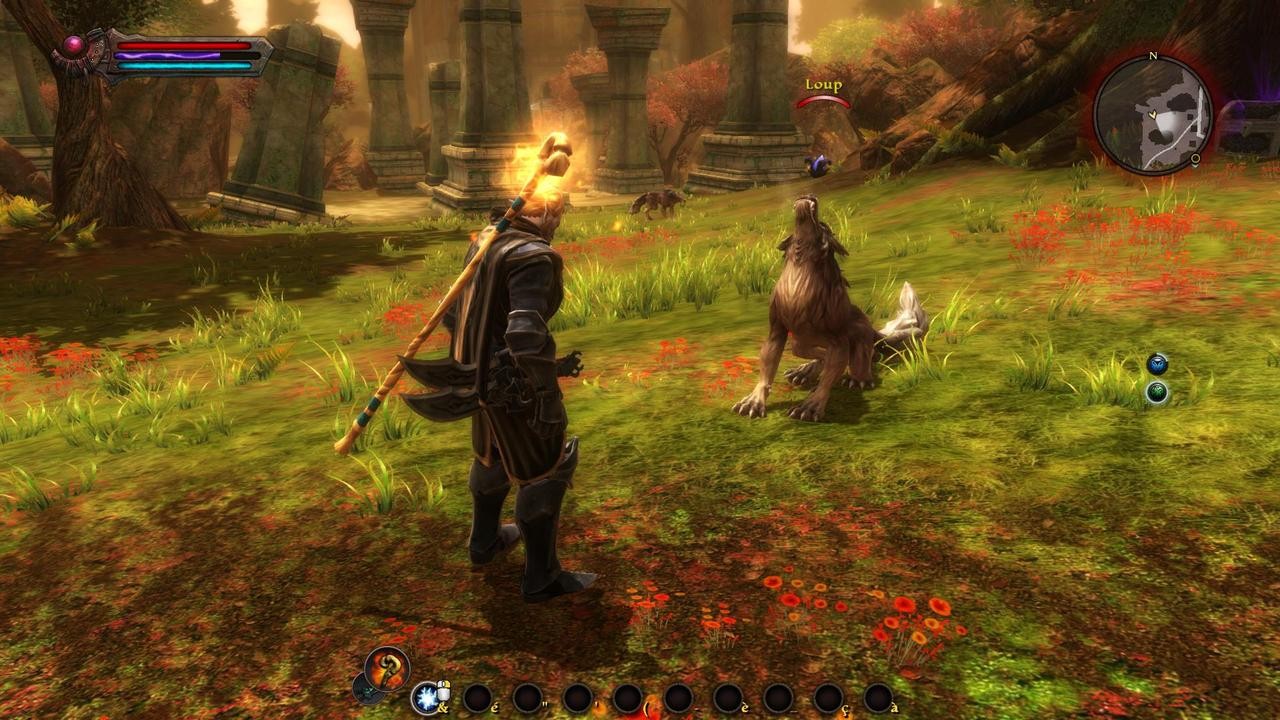



Losing a boss battle often resets 15 to 20 minutes worth of progress, and players will learn to put off using stores or travelling between parts of the map due to painfully slow load times. The game screeches to a halt every time players need to update their loadout because items are hidden behind layers of sub-menus. This version still includes the unintuitive menus, poorly paced checkpoints and long, frequent loading screens that existed in the 2012 release. The biggest issue with Re-Reckoning is that it retains too much of the original Amalur experience. There is more than enough depth in the combat, however, to warrant exploring every option and developing a play style unique to oneself. Stealth is mostly obsolete as enemy artificial intelligences were not programmed to account for a silent approach. Not only is there a massive range in the various weapons and fighting styles, but each strategy - with the exception of stealth - is robust and carefully balanced. Players may spend the first half of Amalur as a heavy weapons specialist before putting skill points into sorcery, trading in their war hammer for a magical sceptre. This means players are rewarded for trying every weapon and spell the game has to offer. Unlike other RPGs, which force the player to choose a single class for the duration of the campaign, Amalur allows players to respec skill trees mid-playthrough. In the new remaster, entitled Kingdoms of Amalur: Re-Reckoning, the combat remains the strongest aspect of this still nonessential game. The epic orchestral score, stylized character models and vibrant environments beckon players forward, inviting exploration of the Faelands and invoking the sense that Amalur is full of alluring mysteries.Įven though it faced tough competition, Amalur stood apart from other games released around the same time because of its uniquely versatile combat system. The player is “The Fateless One,” a mortal who dies and is resurrected to find that they have the ability to alter others’ fates.Īlthough Amalur’s plot begins with overdone yet adeptly employed video game tropes, the world’s majesty elevates the experience almost instantly. The story is set in the land of the Fae, a race of immortal beings who, upon death, are reborn into new bodies, endlessly forced to live out their preordained fates. Salvatore and designed by comic book artist Todd McFarlane, is mystical and fascinating. The universe of Amalur, created by fantasy author R.A. But, it quickly developed a fervent cult following that championed its immersive art design, deep lore and gratifying gameplay. Amalur wasn’t as popular as other high fantasy role-playing games, or RPGs, released in the early 2010s, such as Dragon Age II, The Witcher 2: Assassin of Kings or The Elder Scrolls V: Skyrim. Even when Kingdoms of Amalur: Reckoning was brand new, it wasn’t an essential game.


 0 kommentar(er)
0 kommentar(er)
